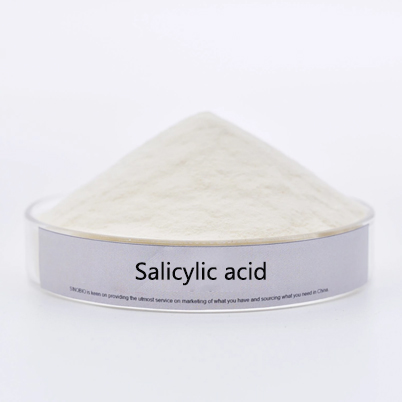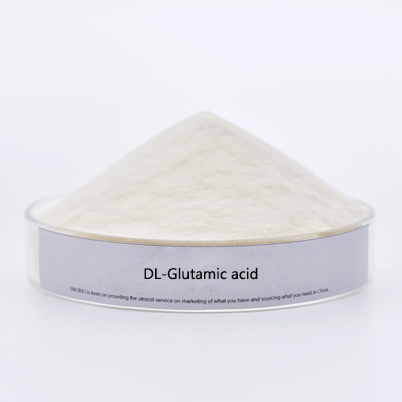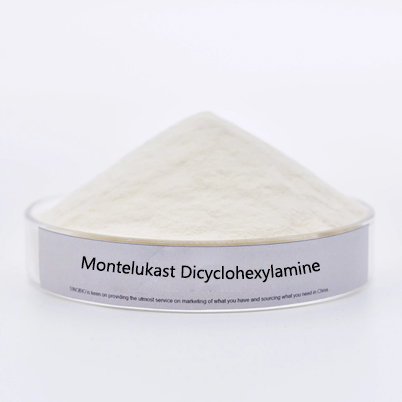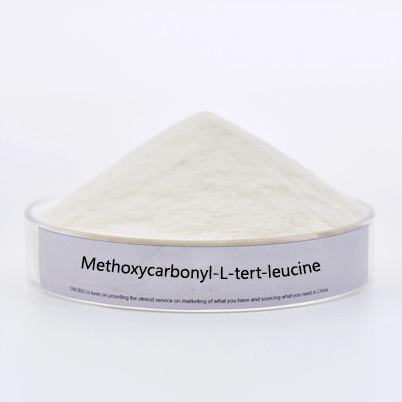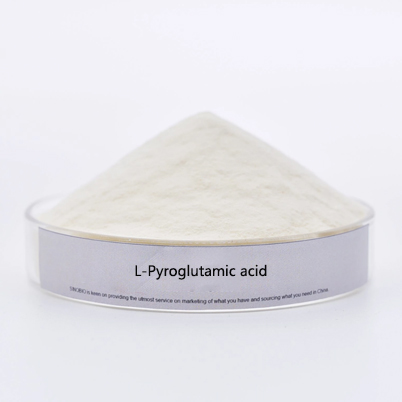- E-mail : info_medicalmarketing@jindunmedical.com
- Phone : +86 21 64057580
- Address : Shanghai China
Latest data on ibrutinib in combination with venetoclax for first-line treatment of chronic lymphocytic leukemia released
On June 10, 2021, the American Journal of Medicine published a non-randomized phase II trial to evaluate the efficacy and safety of ibrutinib in combination with venetoclax in the first-line treatment of patients with chronic lymphocytic leukemia (CLL).
Oral targeted therapies have facilitated the treatment of chronic lymphocytic leukemia. These therapies include the BTK inhibitor ibrutinib (as monotherapy) and the BCL-2 protein inhibitor venetoclax (usually in combination with a CD20 monoclonal antibody). Preclinical studies have shown synergy between ibrutinib and vinetoclax.
Erutinib is the world's first oral inhibitor of BTK (Bruton's tyrosine kinase), a key signaling molecule in the B-cell receptor signaling pathway that plays an important role in the survival and spread of malignant B cells (tumor cells). Erutinib inhibits tumor cell replication and metastasis by inhibiting BTK proteins in malignant B cells.
Trade name: Imbruvica (EVERCARE)
Generic name: Ibrutinib (ibrutinib/ibutinib)
Target: BTK
First approval in the US: November 2013
First approval in China: August 2017
Recommended dose: MCL and MCL patients: 560 mg once daily per dose; CLL/SLL patients: 420 mg once daily per dose
Venetoclax is the first novel oral targeting agent that specifically targets the BCL-2 protein to promote apoptosis in chronic lymphocytic leukemia cells by inhibiting apoptotic BCL-2, a family of genes responsible for regulating apoptosis, which plays an important role in maintaining cell survival as well as inhibiting apoptosis.
Trade name: Venclexta/Venclyxto
Generic name: Venetoclax (VEN, Venetoclax)
Target: BCL-2
First approval in the US: April 2016
First approval in China: not yet approved
Approved indications: chronic lymphocytic leukemia (CLL) or small lymphocytic lymphoma (SLL); acute myeloid leukemia (AML)
Recommended dose for CLL/SLL: initial treatment with 20 mg once daily for 7 days, followed by a weekly dose escalation schedule to a daily dose of 400 mg (20 mg daily in week 1, 50 mg daily in week 2, 100 mg daily in week 3, 200 mg daily in week 4, and 400 mg daily starting in week 5).
Recommended dose for AML: 100 mg on the first day, 200 mg on the second day, 400 mg on the third day, and 400 mg on the fourth day and thereafter when combined with azacitidine or decitabine; and 600 mg when combined with low-dose cytarabine.
Clinical Data
This was a single-center, phase II, non-randomized clinical trial enrolling previously untreated patients with chronic lymphocytic leukemia from August 17, 2016 to June 5, 2018, requiring patients to have at least one of the following characteristics: mutation in the 17p gene, mutation in the TP53 gene, mutation in the del(11q) gene, unmutated immunoglobulin heavy chain variable gene to or 65 years or older.
The primary objective of the study was to assess the rate of complete remission after combination therapy with ibrutinib and vinetoclax, and bone marrow unpredictable residual disease (U-MRD).
Eighty patients were previously treated with ibrutinib monotherapy for 3 cycles (420 mg/d), followed by 24 cycles of combination therapy with venetoclax (standard weekly dose increased to 400 mg/d). The median age of patients enrolled was 65 years (range 26-83 years); 71% of patients were male.
The median follow-up time for all patients was 38.5 months (range 5.6-51.1 months). During ibrutinib monotherapy, 5 patients discontinued the study; the remaining 75 patients received combination therapy.
In the combined intention-to-treat analysis, 56% (45 patients) achieved myeloid U-MRD remission at 12 cycles; 66% (53 patients) achieved myeloid U-MRD remission at 24 cycles. Overall, bone marrow U-MRD remission was the best response in 75% (60 patients) of patients.
The 3-year progression-free survival (PFS) rate was 93% and the 3-year overall survival (OS) rate was 96%; no patient experienced disease progression; and 2 cases developed Richter transformation.
Richter's syndrome
This is a rare group of syndromes of the lymphohematopoietic system. Transformation or complication of one cell type of leukemia into another cell type of lymphoma is known as classic Richter's syndrome; further, transformation or complication of one cell type of leukemia, lymphoma into another cell type of lymphoma, leukemia, or transformation or complication of leukemia into Hodgkin's lymphoma are considered to be broadly defined as Richter 's syndrome; and the latter is also known as variant Richter's syndrome.
Response occurred in all high-risk subgroups, independent of immunoglobulin heavy chain variable gene mutation status, fluorescent in situ hybridization category, or TP53 mutation.
Conclusion
The results of this study suggest that the combination of ibrutinib and venetoclax may benefit previously untreated patients with chronic lymphocytic leukemia.
At more than 3 years of follow-up, remissions appeared to be durable and active in both high-risk disease subgroups, including patients with chronic lymphocytic leukemia with del(17p)/ tp53 mutations.
-
date
2022-10-09
-
location
Shanghai, China






































